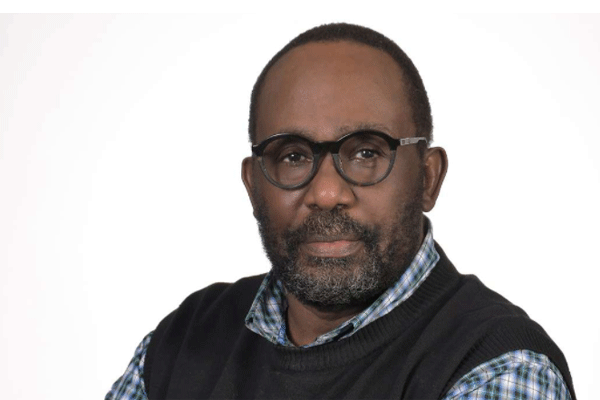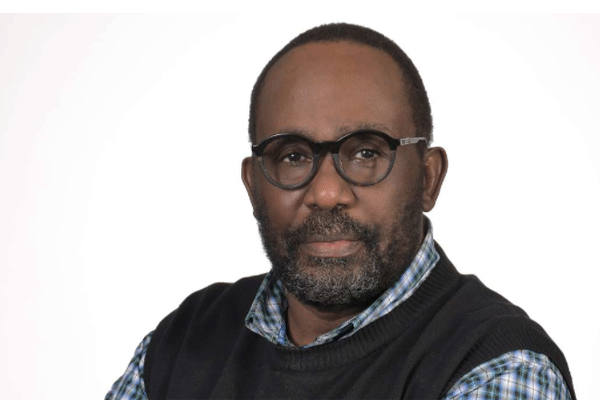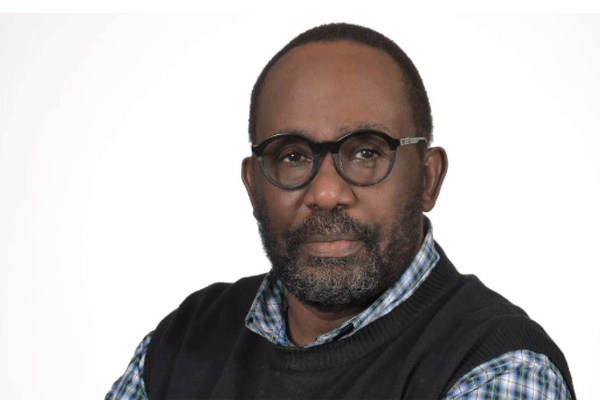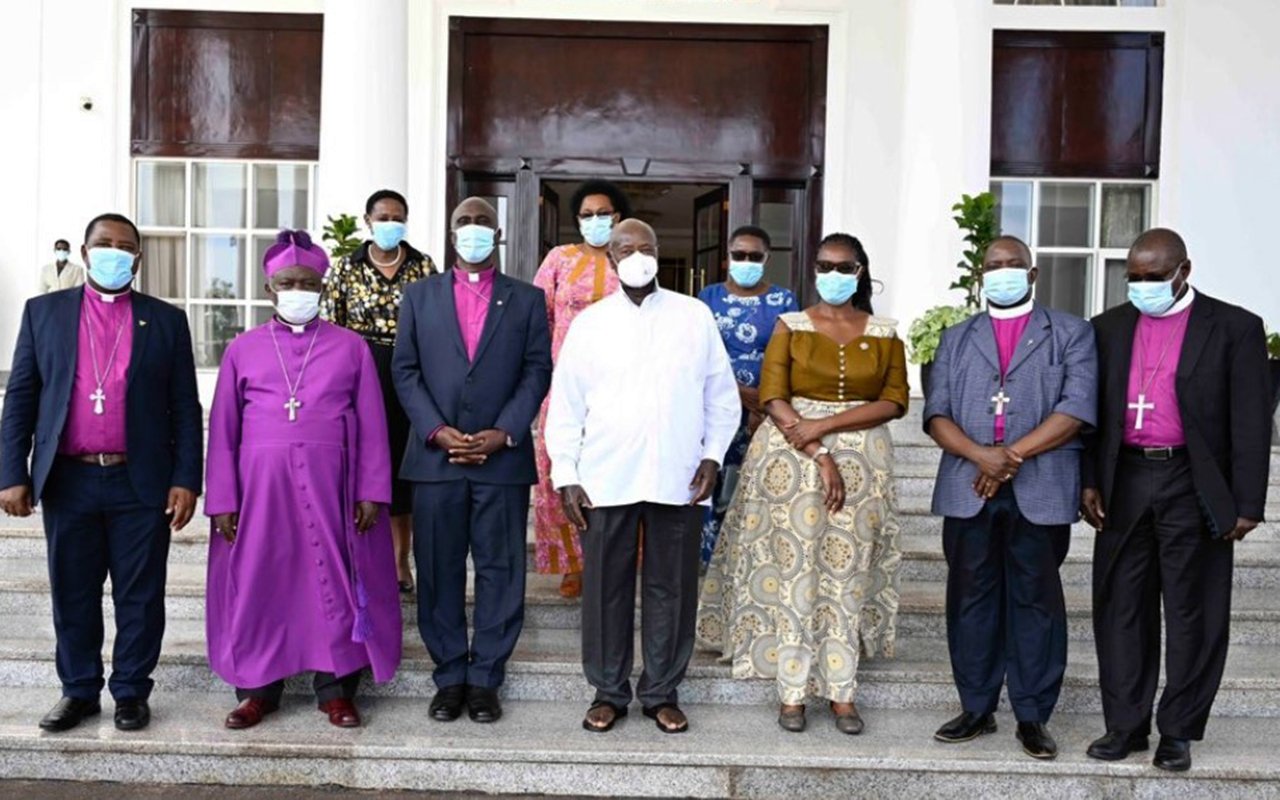Prime
What Uganda Martyrs Day tells us about the nation (Part II)

Mr Charles Onyango-Obbo is a journalist, writer and curator of the “Wall of Great Africans”.
What you need to know:
- The pilgrims to Namugongo represent the rise of rational religiosity. Their sore feet tell of immersion in the extreme discipline of the flesh and body.
Last week we noted the dramatic rise in the number of people travelling to Namugongo for the annual Uganda Martyrs Day celebrations on June 3.
In 2018 the attendance grew by a neck-twisting 3,500 per cent from the previous year. This year, organisers said they expected the numbers to balloon to 3 million; 6 percent of Uganda’s estimated 50 million population today.
The result of this Martyrs Day boom means Namugongo is the site of the second-largest annual religious pilgrimage in Africa.
There are many confusing and contradictory signals in this trend. For one, it comes when Uganda seems to have reached “peak Savedom”.
The galloping growth in yesteryear’s independent prosperity and instant-miracle churches appears to have slowed to a crawl. This contrasts the trend in Kenya and several southern African countries.
There seems to be a modest revival in the fortunes of the old hierarchical Anglican and Catholic churches, especially upcountry. This revival provides more people to make the long trek to Namugongo.
However, at the same time, we are seeing the declining prestige of the leaders of these churches (the bishops and priests).
One student of Ugandan Christianity told me only the standing of Catholic nuns has held, and even risen, in places.
In Uganda’s Martyrs Day, we seem to have a new social-political-economic-religious moment - the rise of a Ugandan “Protestant work ethic”, also variously known as the Calvinist work ethic or the Puritan work ethic.
To describe it very loosely, it is a concept that holds that diligence, discipline, frugality, and some pain for gain lead to individuals’ and societies’ success and eternal salvation. Others call it the capitalist spirit.
The people who trek for days to Namugongo aren’t promised a meeting with God or entry into Heaven upon death.
They do so to be part of a community in an increasingly disconnected society where the personal social and economic struggles are overwhelming.
They put in the painful work, hoping they will find the strength and the spirit from it to overcome.
Unlike all the other big gatherings in Uganda, Martyrs Day isn’t publicised in sleek social media campaigns or the newspapers and TV.
And outside a few churches, there are not many grassroots structures to get out the pilgrims. Yet they come in their millions. There is a lot of personal agency and a significant democratic element at work.
Religious as it might be, Martyrs Day has connections to other more worldly and hedonistic pursuits in Uganda. There is a lot of movement in the country.
The Kabaka’s Birthday run, celebrating Buganda kingdom and Kabaka Ronald Mutebi, has seen massive growth.
This year it hit a record 100,000 people who paid to run in the marathon (compared to the Sanlam Cape Town Marathon, Africa’s leading run, which gets over 30,000 participants).
On the more rebellious and risqué side, there is the Nyege Nyege Music Festival, a 21st-century African hippies revolution where the young and wild (12,000-16,000 of them last year) gather on the banks of River Nile in Jinja to explore what social freedom means.
And at the very micro level, we have wonderful people like KFM Radio’s Joe Beyanga and his band of friends, walking west, then east, and likely north next, for days to campaign for traffic safety.
Yet their hardened lean bodies, like those of the Martyrs Day trekkers, contrast very tellingly with the opulence that drives them.
In common, they are restless. They walk, they run, they climb mountains.
The toll and pain are par for the course.
But there is also both an embrace and reflection upon the land they walk, the works they pass by, the people they encounter, and the meaning of the darkness when it descends, and they have to rest their weary limbs for the next day.
The pilgrims to Namugongo represent the rise of rational religiosity. Their sore feet tell of immersion in the extreme discipline of the flesh and body.
In an environment of ever more national challenges, the pilgrims have grown.
The irony, then, is that Martyrs Day has boomed partly due to a secularisation process and, according to some knowledgeable folks, increasing ecumenism, a growing unity between, especially, the established Anglican and Catholic churches in Uganda.
Early morning on June 1, along the Kampala- Masaka highway, a bus veered off the road and killed two Masaka pilgrims, Oliva Nabakooza and Specioza Nambi.
At about this time in 2024, we shall learn the meaning of their death.
There will undoubtedly be Masaka pilgrims on that highway again headed to Namugongo. And they will likely be more than they were this year.
Mr Charles Onyango-Obbo is a journalist, writer and curator of the “Wall of Great Africans”. Twitter@cobbo3
Ear to the Ground





